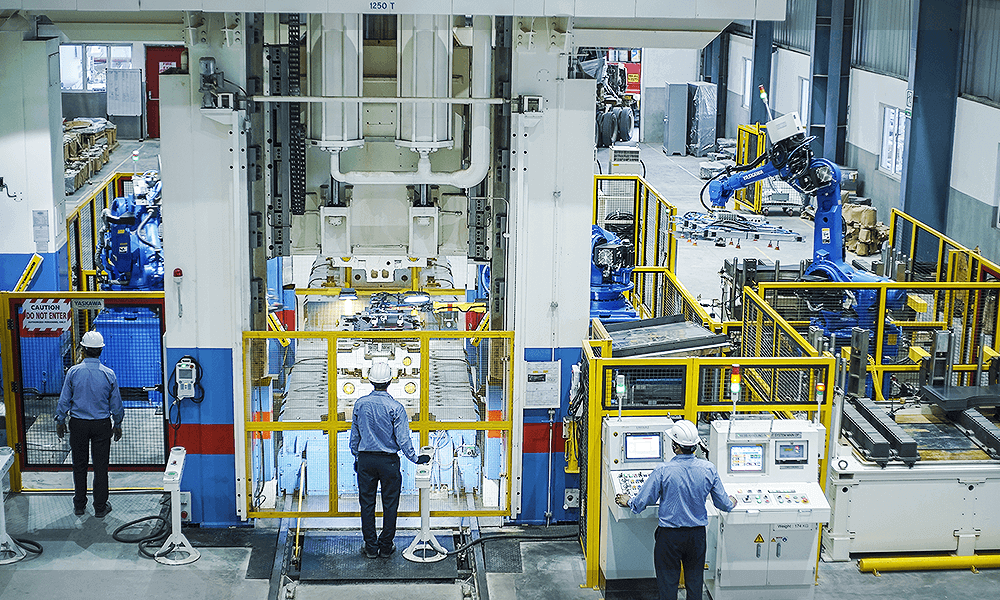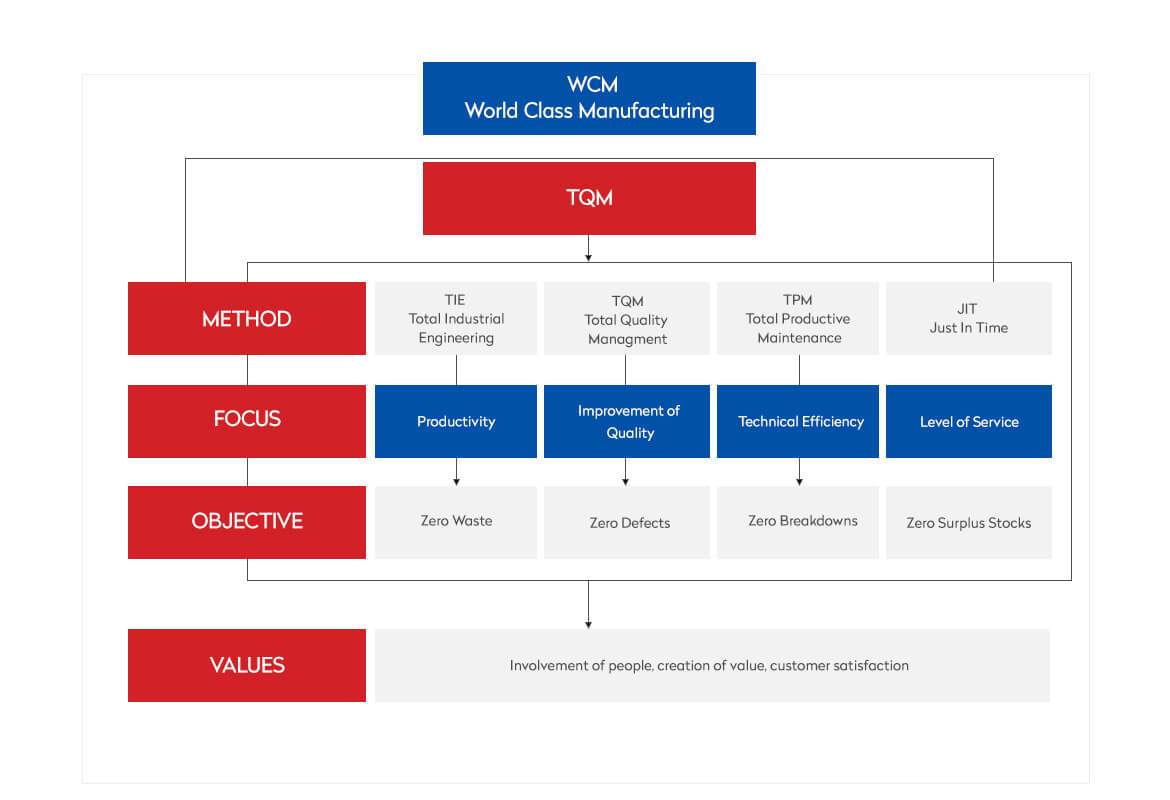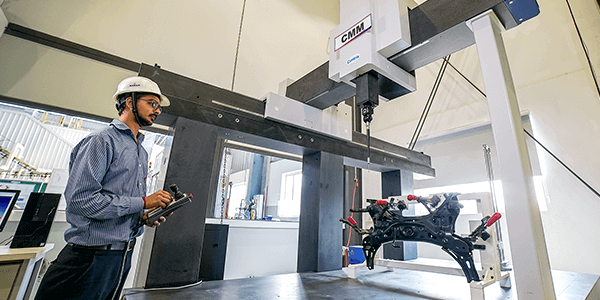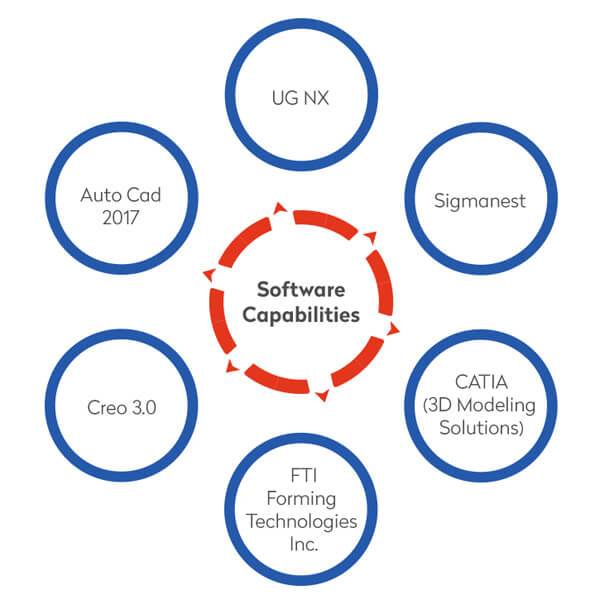


SKH is committed to ensure that product designs meet the initial requirements & specifications throughout the automotive product development cycle. We integrate quality prior to the onset of the manufacturing phase, meet delivery targets, truly recognize and focus on the most critical user inputs, and optimize the manufacturing processes to meet and exceed overall customer expectations on quality & cost.
Our Design & Development team is constantly working to ensure that timeline and cost related to product development stage is optimized. We, at SKH, have access to the latest software and leverage some of India’s best suppliers for development of tools/ dies, robotic welding cells, robotic press shops, CMM machines and other quality inspection techniques. This ensures that we install best-in-class stamping, welding and painting infrastructure.


Our design and development team at SKH has successfully overcome the enormous challenge of reduction of product design and development cost, improved margins and reduced time-to-market for new products.
SKH practices the concept of Initial Floor Management (IFM) which is an integral part of the Design and Development function. For every product manufactured at every plant, first 1000 parts are closely monitored to ensure Zero Defects.
Rising automotive solutions’ complexity requires OEMs to strive to be more flexible & build modular platforms, whereas environmental regulations are driving adaption of lightweight & aerodynamic designs. SKH Design team has immense experience in body structures and its sub-system development. We are conversant with international standards for detail designing of components and subsystems which can be integrated into the full vehicle. Together all these design mechanisms give SKH a tightly linked product-development system that achieves cross-functional coordination while still building the functional expertise. This balance allows the company to achieve integration across projects.
We, at SKH, believe that integrated product-development processes should be developed and implemented as coherent systems. Individual best practices and tools are helpful, but their potential can be fully realized only if they are integrated into and reinforce the overall system. Secondly, well-designed systems should balance the demands of functional expertise and cross-functional coordination.